The first thing you have to figure out when you want to make a 3D model for a rendering is if you really want a 3D model rendering. This decision is similar to the question of if you want a hand rendered plan or a Photoshop plan. There are of course aesthetic reasons involved. Both can work extremely well, and look amazing, but by understanding your client, your design, and the look you will get from either method of rendering you can make the choice of which is best for you on a given project.
There are more then just aesthetic differences to be looked at, however. Ask yourself what the purpose of the model is. Is it for images of a few conceptual designs, or for a final design proposal? If you are looking to do more of a conceptual design presentation, then you may want to go with a hand drawing, as they are going to be relatively quick and easy, where a 3D model, even using software like SketchUp will be somewhat drawn out and difficult, as a lot of time will be spent re-making the same things multiple times in NEARLY the same way. One of the reasons to go with a 3D model, in any level of design, is because of the ability to animate the design to increase the understanding of the place by allowing the client to “walk through” the site. Also, if you think you may want multiple angles of a space, or think the client may want to see a few additional places later on, you may want to make a 3D model, as you can always add additional camera and have a new rendering for the cost of running one of your CPUs for a few hours overnight. In the final design phase it may be far more worthwhile to create a 3D model as if a little extra time and the right software some pretty amazing images can be created.
Conceptual Hand:
Conceptual SketchUp:
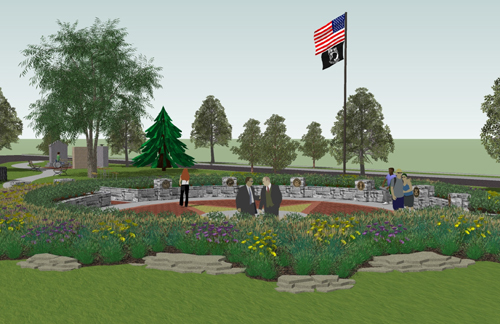
Final full 3D Rendering:
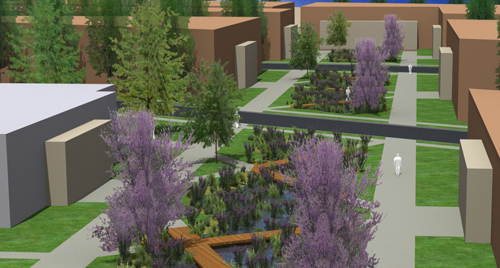
The third issue is purely a question of time: is it worthwhile to invest the time into a 3D model, or does it make more sense to do hand sketches. One of the ways computer models are different from computer plans is that a computer plan is extremely easy to edit, giving itself a big advantage over hand graphics which must always be made from scratch, and many 3D models are difficult if not effectively impossible to edit. Another time factor is the issue of the current hardware you have in terms of computers. Go back and check out my post of computer hardware, and see if you have a suitable system for 3D modeling. It can be done on almost any machine (I can run high end stuff on my 633 Mhz Celeron with 256 or RAM and a 32 Meg TNT graphics card if I’m feeling silly), but some machines will not only render slowly, but will slow down the creation process as well (See: Machine I just mentioned) to the point where you lose any hope of cost effectiveness.
There are some special uses that 3D models suit themselves to much more as well. If you want to create a new element in an existing location, you can re-sketch the whole scene, or you could create the new element in 3D, and place it into the photo of the existing site. This can be an extremely effective rendering, and isn’t something that has to take a lot of time to do. The model for the following image is a fairly simple SketchUp model with careful lighting and camera placement to create the right angle and shadows, but was a very quick project for the quality of the end product.
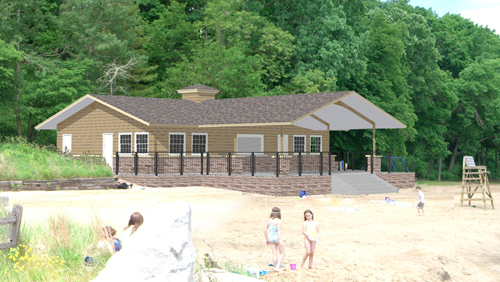
In the coming weeks I will take you from a CAD plan to a conceptual model, and then off to higher end software such as Maya and 3D Studio Max for better textures, lighting, and reflections, using my new website as the structure. For the time being, pick a small simple design you have, and, if you do not already have them, put the design into CAD software. This CAD basemap will be the basis of our design, so close all your lines, and keep some decent layer organization. Next week I will address the CAD file you will import into Sketchup, and in the weeks after is when the real fun will begin.
Published in Blog




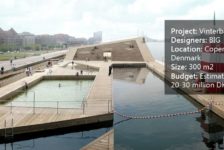
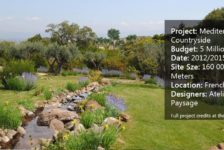


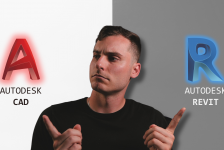
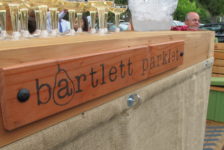
lukad
Really looking forward to seeing your methods. I use sketchup and apply basic textures (only simple colors to keep the project size down) then go to vue and apply textures, and then render. I gave up on learning 3ds max myself, but I hear from a friend who does a lot of 3d work on the daily that cinema 4d would be best for my needs… Anyways, looking forward to the 3ds stuff =]
Ryland Fox
This is a good link
http://www.cgarchitect.com/upclose/VI/default.asp
Ryland Fox
Maybe look in to texturing. a UV map/Unwrap would help out the boardwalk in the image above quite a bit.